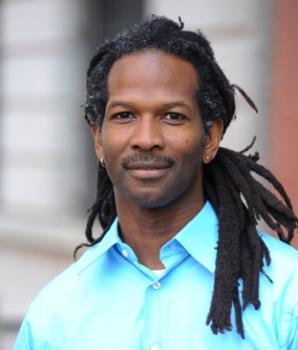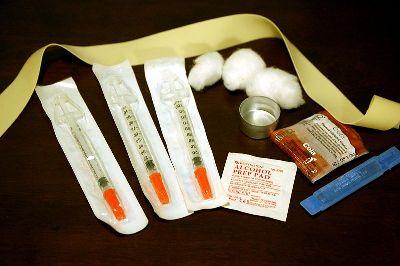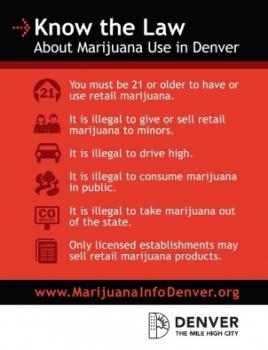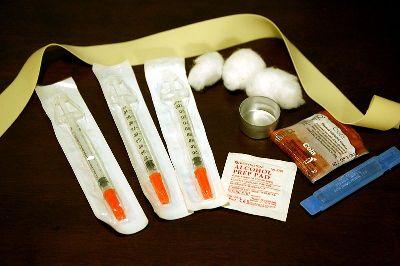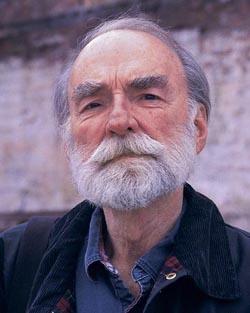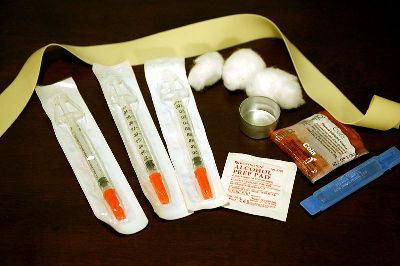
needle exchange supplies_6.jpg
Smart Needle Exchange Reform Bill Moving in Maryland
The Maryland Senate today moved to undo a restriction in existing state law that prevents injection drug users from picking up more clean needles at the
Chronicle AM -- January 10, 2014
The marijuana issue continues hot and heavy, one of our favorite authors is nominated for an award, harm reduction bills move in Wisconsin, and the US Sentencing Commission wants to cut drug sentences. And more.
Chronicle AM -- December 12, 2013
A push is on to end the federal ban on needle exchange funding, a secret federal panel meets to discuss marijuana banking issues, UN anti-drug bureaucrats are still unhappy with Uruguay, more bodies show up in Mexico, and more.
Chronicle AM -- December 11, 2013
Uruguay legalizes the marijuana trade (and the usual suspects object), Denver provides a helpful guide to legalization there, Human Rights Watch scorches Louisiana for its AIDS-enhancing policies, and more.

A coffee shop in Amsterdam, where clients can sit and smoke. Why no on-premises consumption here? (wikimedia.org)
With Legalization Looming, Lessons from the Netherlands [FEATURE]
Marijuana reform is accelerated in the United States. What lessons can we learn from the Dutch experience? A new report has some ideas.
Malaysia Minister Talks Drug Decriminalization
A Malaysian government minister has said the Southeast Asian nation is shifting toward decriminalizing drug use, but her remarks suggest drug users could just trade jail cells for treatment beds.
Nevada Governor Signs Medical Marijuana Dispensary, Needle Bills
Nevada took steps on two drug refom fronts Wednesday, as Gov. Sandoval signed bills creating a medical marijuana dispensary system and decriminalizing syringe possession.
Colorado Harm Reduction Bills Pass
Separate overdose prevention and syringe exchange bills were approved by the Colorado legislature this week. They now go to the governor's desk.
In Memoriam: Dave Purchase, Needle Exchange Pioneer
We remember needle exchange pioneer Dave Purchase, who passed away last month at age 73.
The Top Ten Drug Policy Stories of 2012 [FEATURE]
In some ways, 2012 has been a year of dramatic, exciting change in drug policy, as the edifice of global drug prohibition appears to crumble before our eyes. In other ways it's still business as usual in the drug war. Here, we look at the biggest drug policy stories of the year.
Pagination
- First page
- Previous page
- …
- 9
- 10
- 11
- 12
- 13
- …
- Next page
- Last page
